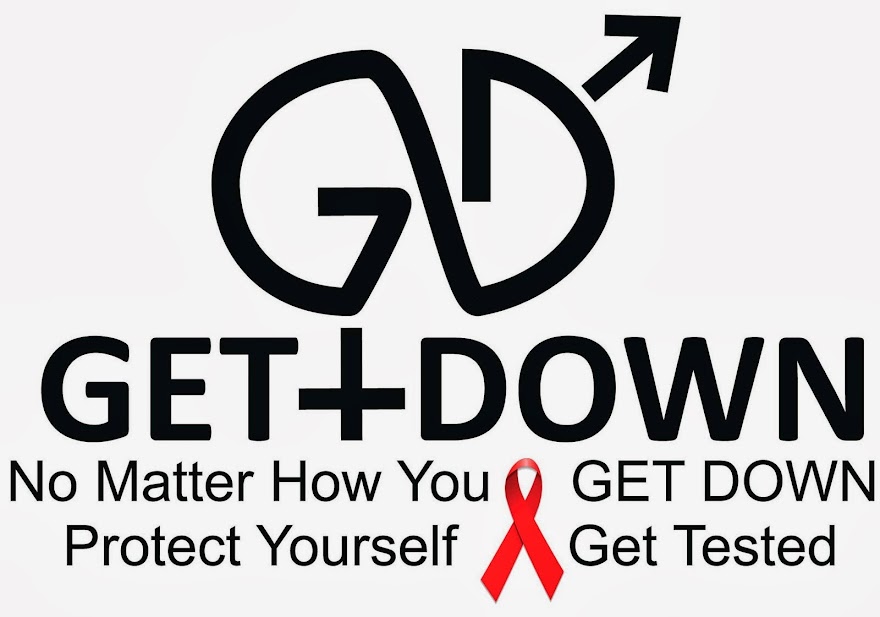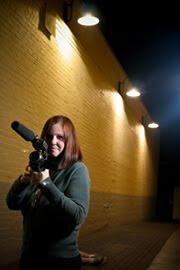GET DOWN will be getting involved with Hip Hop 4 Life's 3rd ANNUAL YOUTHFEST AND RAP SESSION on September 25th in Brooklyn!! This year's topic is “Let’s Talk About Sex” and the rap sessions will cover off on Sexual health, Sexually Transmitted Infections (STIs), HIV/AIDS, birth control, abstinence, responsibility, prevention, sexual pressure, and
teen pregnancy.

YOUTHFEST is an educational, exciting and highly interactive “back-to-school” empowerment and prevention initiative for New York City’s youth. Every year young people, ages 12-18, gather at this annual free event which provides an environment of communication, education, entertainment and positive messaging. YOUTHFEST is the annual conference of HIP HOP 4 LIFE, an organization founded by Tamekia Flowers-Holland, a Brooklyn, New York native and alumni of Syracuse University.
Tamekia Flowers-Holland founded Hip Hop 4 Life with the objective of providing year-round mentoring, social and educational activities and interactive health-risk prevention/life skills workshops which incorporate celebrities, as well as, health and entertainment professionals. "Music, entertainment and youth empowerment have always been my passions," says Flowers-Holland. It is for this reason that I know Hip Hop 4 Life is my purpose in life. I will continue to dedicate myself to engaging, educating, uplifting and empowering the young people who will ultimately define our future!" Tamekia Flowers-Holland currently serves as the organization's Executive Director.
YOUTHFEST is designed to promote a healthy and safe school year and motivate young people to:
SPEAKERS INCLUDE participants from VIBE, Def Jam, Avenue Pink, FACES NY, Island/Universal, Essence and more!
WHERE IS IT ALL GOING DOWN?
Event Date: Saturday, September 25, 2010
Event Time: 9:30 a.m. – 4:30 p.m.
Attendees: 250-300 NYC youth, ages 11-18
Event Location: St. Francis College, 180 Remsen Street, Brooklyn Heights, NY 11201
WANT TO REGISTER AND BRING YOUTHS?
Click on the YOUTHFEST poster to the right of this post....
Or go to the website via this link http://www.hiphop4lifeonline.com/youthfest.php
Download the registration form and get it in.
Hope to see you there!
Email us: getdownpsa2008@gmail.com
www.myspace.com/getdownpsa
www.facebook.com/getdownpsa
www.twitter.com/getdownpsa
teen pregnancy.

YOUTHFEST is an educational, exciting and highly interactive “back-to-school” empowerment and prevention initiative for New York City’s youth. Every year young people, ages 12-18, gather at this annual free event which provides an environment of communication, education, entertainment and positive messaging. YOUTHFEST is the annual conference of HIP HOP 4 LIFE, an organization founded by Tamekia Flowers-Holland, a Brooklyn, New York native and alumni of Syracuse University.
Tamekia Flowers-Holland founded Hip Hop 4 Life with the objective of providing year-round mentoring, social and educational activities and interactive health-risk prevention/life skills workshops which incorporate celebrities, as well as, health and entertainment professionals. "Music, entertainment and youth empowerment have always been my passions," says Flowers-Holland. It is for this reason that I know Hip Hop 4 Life is my purpose in life. I will continue to dedicate myself to engaging, educating, uplifting and empowering the young people who will ultimately define our future!" Tamekia Flowers-Holland currently serves as the organization's Executive Director.
YOUTHFEST is designed to promote a healthy and safe school year and motivate young people to:
- Build and foster positive self-esteem
- Develop confidence and sound judgment
- Be a catalyst for positive change within their communities
SPEAKERS INCLUDE participants from VIBE, Def Jam, Avenue Pink, FACES NY, Island/Universal, Essence and more!
WHERE IS IT ALL GOING DOWN?
Event Date: Saturday, September 25, 2010
Event Time: 9:30 a.m. – 4:30 p.m.
Attendees: 250-300 NYC youth, ages 11-18
Event Location: St. Francis College, 180 Remsen Street, Brooklyn Heights, NY 11201
WANT TO REGISTER AND BRING YOUTHS?
Click on the YOUTHFEST poster to the right of this post....
Or go to the website via this link http://www.hiphop4lifeonline.com/youthfest.php
Download the registration form and get it in.
Hope to see you there!
Email us: getdownpsa2008@gmail.com
www.myspace.com/getdownpsa
www.facebook.com/getdownpsa
www.twitter.com/getdownpsa

